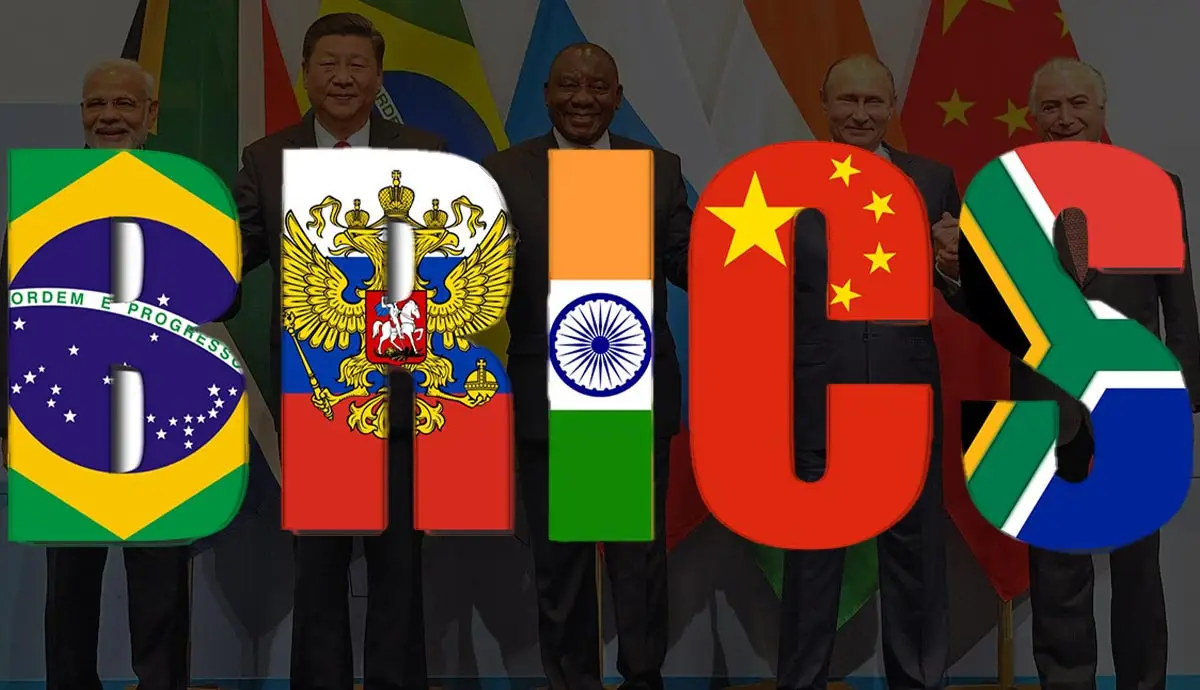In a striking warning that sent ripples through financial circles, JPMorgan CEO Jamie Dimon highlighted the precarious state of the U.S. economy, cautioning against a potential crisis that could surpass the challenges of a typical recession. Speaking at the Council of Institutional Investors in New York, Dimon pointed to the growing influence of the BRICS bloc—Brazil, Russia, India, China, and South Africa—as a pivotal factor in this looming threat.
The Unsettling Economic Landscape
Dimon’s remarks came on the heels of the Federal Reserve’s recent decision to cut interest rates for the first time in four years. While this move is designed to combat inflation, which has been retreating toward the Fed’s 2% target, many experts remain skeptical about the overall health of the economy. Despite the rate cut, which marks a significant shift from a 23-year high, the risk of a deeper economic malaise persists.
Dimon stated unequivocally, “I would say the worst outcome is stagflation—recession, higher inflation.” His concerns echo the sentiments of numerous economists who fear that the U.S. could slip into a stagnation period characterized by stagnant growth and rising prices. “I wouldn’t take it off the table,” he cautioned, reinforcing the urgency of the situation.
Inflationary Pressures on the Horizon
As Dimon articulated, several inflationary factors loom large over the economy. Increased government spending and growing deficits are adding strain to an already fragile economic framework. “They’re all inflationary, basically in the short run, the next couple of years,” he noted, suggesting that the path to recovery will be anything but straightforward.
The implications of this scenario are troubling. If the U.S. economy cannot stabilize, consumers may face rising prices while wages stagnate—a classic recipe for stagflation. This could lead to decreased consumer confidence and spending, further entrenching the economy in a cycle of decline.
A Geopolitical Shift
Adding to the complexity, Dimon pointed to the shifting global landscape, where the BRICS nations are actively working to diminish the dollar’s dominance. This movement towards de-dollarization, propelled by innovative blockchain solutions, poses a significant challenge to the U.S.’s economic supremacy. As these nations increase their collaboration, the stability of the dollar—and by extension, the U.S. economy—may be increasingly at risk.
As the economic landscape evolves, Dimon’s warning serves as a stark reminder of the challenges ahead. While the Federal Reserve’s interest rate cuts are a step towards recovery, the road is fraught with uncertainty. Policymakers, businesses, and consumers must remain vigilant as the specter of stagflation looms. With geopolitical dynamics shifting, the future of the U.S. economy hangs in the balance—prompting a call for proactive measures to safeguard against a fate worse than recession.
Disclaimer: The information in this article is for general purposes only and does not constitute financial advice. The author’s views are personal and may not reflect the views of Chain Affairs. Before making any investment decisions, you should always conduct your own research. Chain Affairs is not responsible for any financial losses.



